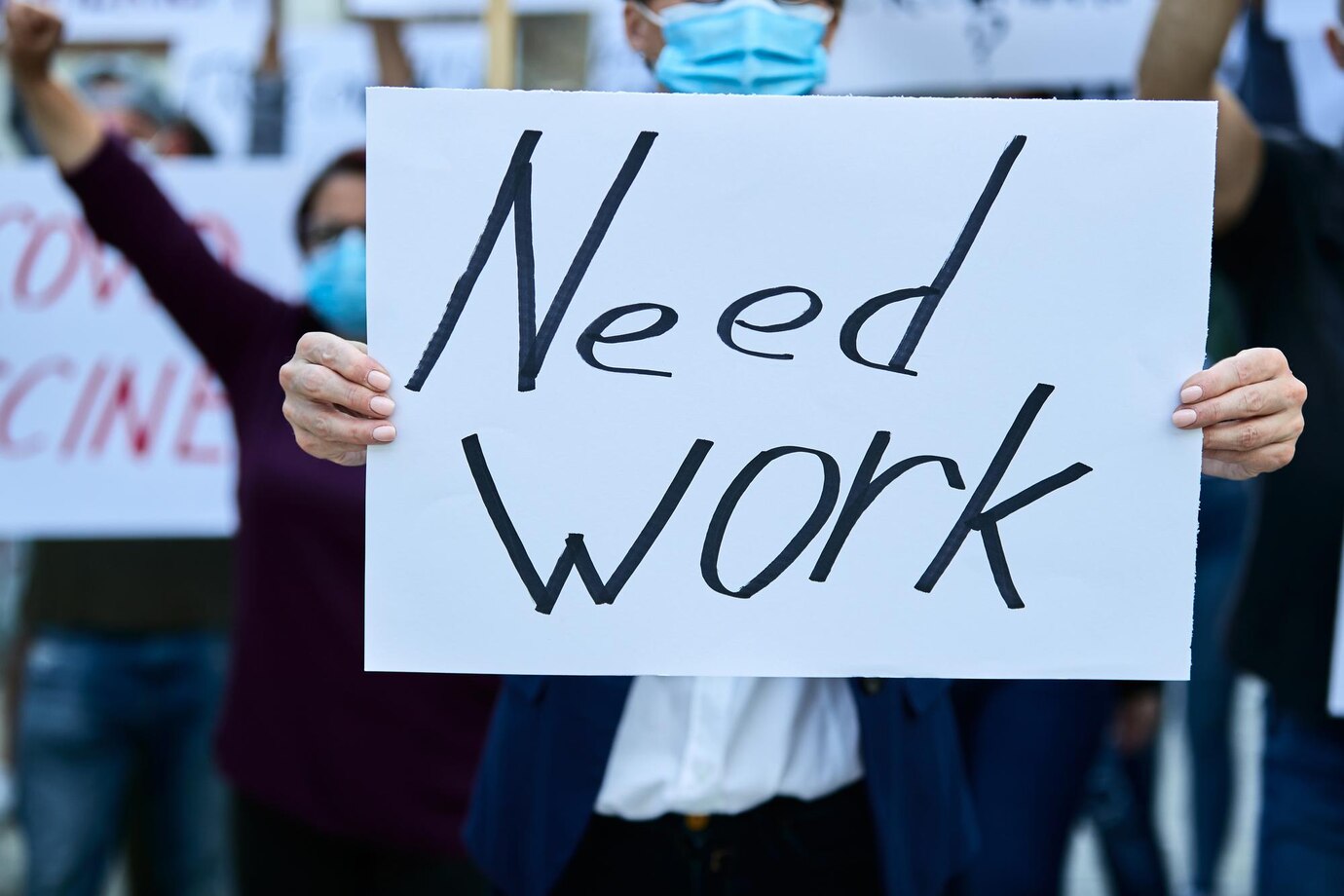The European Union (EU) employment rate in 2022 reached its historical high at 74.6%, however, when examining regional data, significant differences emerge beneath the EU average, according to the latest Eurostat announcement.
 In Czechia (all eight regions), Denmark (all five regions), Germany (36 out of 38 regions), Estonia, Malta, the Netherlands (all 12 regions), and Sweden (all eight regions), the employment rate is equal to or above 78%, the EU employment rate target for 2030. In contrast, in three regions in southern Italy, less than half of the population was employed, in Sicilia (46.2%), Calabria (47%), and Campania (47.3%).
In Czechia (all eight regions), Denmark (all five regions), Germany (36 out of 38 regions), Estonia, Malta, the Netherlands (all 12 regions), and Sweden (all eight regions), the employment rate is equal to or above 78%, the EU employment rate target for 2030. In contrast, in three regions in southern Italy, less than half of the population was employed, in Sicilia (46.2%), Calabria (47%), and Campania (47.3%).In terms of the German miracle, the German labor market has gone through a remarkable transformation over the past two decades. The cost of unemployment along with public pressure to reduce the high levels of unemployment eventually triggered the largest social policy reform in post-war Germany.
Therefore, governments through the decades tried to find out ways of increasing the employment rates, even if the total amount of working hours are now less than what was years ago. People work less, they get paid well, and the economy presents good financial indicators, gaining all the advantages of a good economy in markets (e.g., loans and interest rates).
The relatively low precrisis hiring, the secular trend in wage moderation, and worktime, are three major factors that Germany is rely on to tackle the economic shocks and present a financial status of a healthy market in the middle of the Europe.
However, the business cycle short-time work scheme, the transfer short-time work scheme, and the seasonal short-time work scheme, are not ideal for human workers. They work only to cover their fixed expenses, while not having the chance of actual personal growth. Being employed does not mean working just to pay the bills. Politics must change considerably in the coming decades, for a healthier environment for human workers.





















0 comments:
Post a Comment